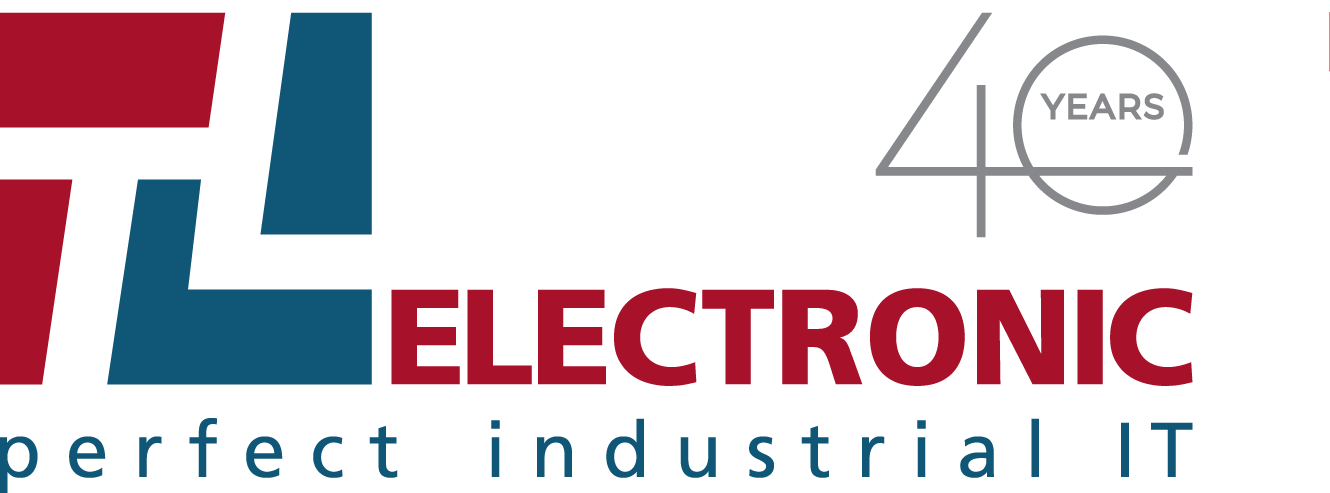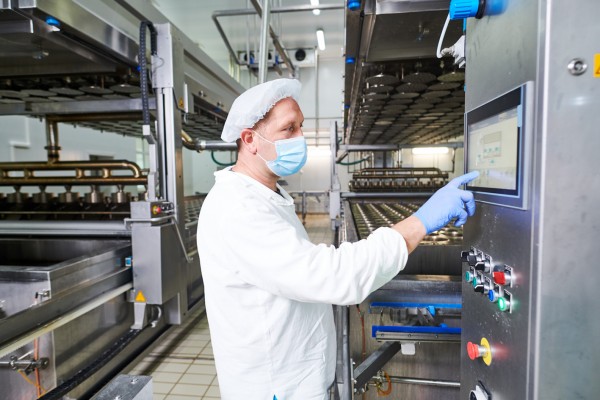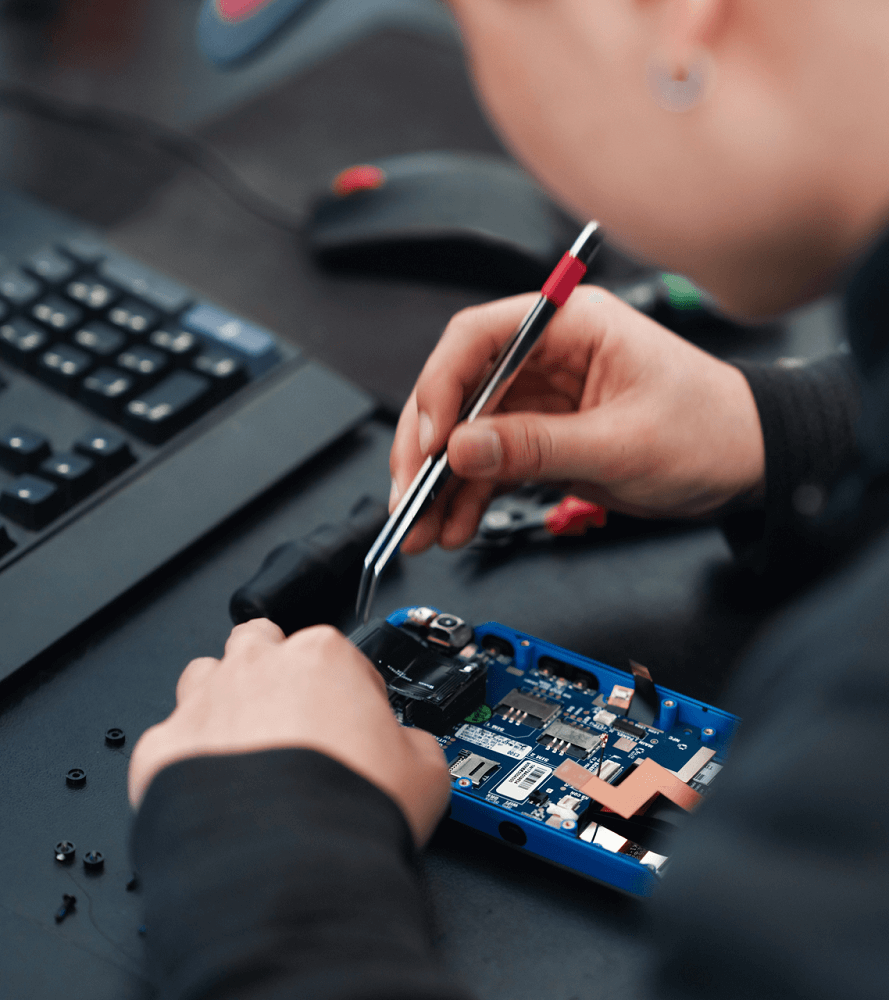Three criteria apply to industrial PCs or panel PCs that are used in hygiene-compliant machines and systems: Firstly, they must be easy to clean, secondly, they must be easy to integrate into the equipment and thirdly, they must be easy to operate.
The industrial computer systems developed especially for the food industry by TL Electronic GmbH from Bergkirchen in Upper Bavaria meet the essential guidelines in the food hygiene process and are based on the guidelines of the EHEDG or the Machinery Directive 2006/42/EC. At the same time, they can be quickly and easily integrated into the system thanks to their targeted, application-specific external design.
Relevant standards
For project planning of the machine and its individual systems, for example the man-machine interface, with regard to the hygienic requirements, orientation towards the European standard DIN EN 1672-2 is optimal. It describes the hygiene and cleanability requirements for machines and machine components in food production and includes the requirements of DIN EN ISO 14159. Compared to this global standard, DIN EN 1672-2 specifies detailed safety requirements for the machine and describes the criteria better. Since the 2009 version, DIN EN 1672-2 has also been adapted to the Machinery Safety Directive.
The place of use is decisive
DIN EN 1672-2 defines the principle that derives the best compromise between the hygienic properties and the operator safety of the solution. For users, it is important to understand whether and when the individual components of the food processing machine, for example an industrial PC, should be made of stainless steel. Whether components should be planned with the same criteria is not explicitly answered by any standard. Only a hygiene hazard analysis provides information about the best solution. Even in the food industry, there are areas where there is no hygiene hazard, for example when already packaged food is handled in the packaging line. Here TL Electronic applies standard design criteria to develop the most efficient industrial PC solution.
DIN EN 1672-2 divides food processing plants into three hygienic areas. The food area (Hygienic Design Zone) includes all surfaces in direct contact with food and all surfaces from which food is returned to the product stream by dripping, leaking or spilling. The splash zone includes areas near open food, where the food does not get back into the product stream. And the non-food area includes all other areas.
Industrial PCs for every area
The food area poses the greatest risk of product contamination. That is why the highest requirements apply to industrial PCs in this area of application. Panel PCs and LC displays specially designed for the food industry by TL Electronic offer the best possible protection, safety and ease of use.
For the touch screen, the proven resistive touch is available, which reacts to pressure. For multi-touch screens, there is also Projective Capacitive Touch technology (PCAP), which ensures problem-free operation of the screen even in damp conditions and with different types of work gloves. The completely flat front surface of the PCAP multi-touch screens without dirty edges meet the high cleaning standards and specifications of the food industry.
Emergency stop and flat push-buttons integrated in the stainless steel housing ensure fast work processes and improved monitoring directly in the work area. The easy-to-grip rotary switch allows user-friendly switching between the different touch modes for manual, wet and glove operation. The switch can also be assigned differently if desired. The product series of panel PCs and industrial monitors from TL Electronic can be used, for example, as a control unit in raw materials processing or as a monitoring instance to control the final packaging of food. Different display sizes of the panel PCs or passive monitors from diagonals of 10.1 "(25.7 cm) can be flexibly integrated even where space is limited. The R-series Panel PCs are available, for example, in 4:3 format with diagonals from 15 to 19 " (38.1 to 48.3 cm) and resolutions from 1024×768 to 1280×1024 pixels. In the 16:9 format with diagonals of 21.5 to 23.8 " (54.6 to 60.5 cm), the user gets very good Full HD quality with 1920×1080 pixels.
It all depends on the material
The manufacturer designs the computer and operating systems so that there are no corners and edges. This allows the units to be cleaned optimally and prevents dirt deposits that could later lead to contamination. Special attention is paid to the materials used. The stainless steel housings are made of the durable stainless steel material 1.4401 (AISI 316) and are thus particularly resistant to corrosion and liquids, even during frequent cleaning processes. In contrast to the common grade 1.4301 (AISI 304), stainless steel 1.4401 (AISI 316) is a chromium-nickel stainless steel with 2 to 3 % molybdenum. The molybdenum content makes it more resistant to corrosion and wear, especially when the material is exposed to chemicals and water - especially salty and chlorinated conditions. In addition, the housings, including all interfaces, are fully protected against dust and water ingress according to protection class IP65. Versions with protection class IP69K are also available as an option. Sealing materials such as ethylene-propylene-diene rubber (EPDM) further increase the protection of the industrial PC units.
The operating and control unit series is easy to install and connect. All interfaces as well as the emergency stop button and the three front buttons have IP65-protected M12 threaded connections. Suitable cables are included in the scope of delivery. In the R-series, there is an extra connection box with which the computers can be mounted on a support arm or stand. In addition, the housing has a VESA (Video Electronic Standards Association) interface.
> Read this article here as a publication in PROZESSTECHNIK online (German)



